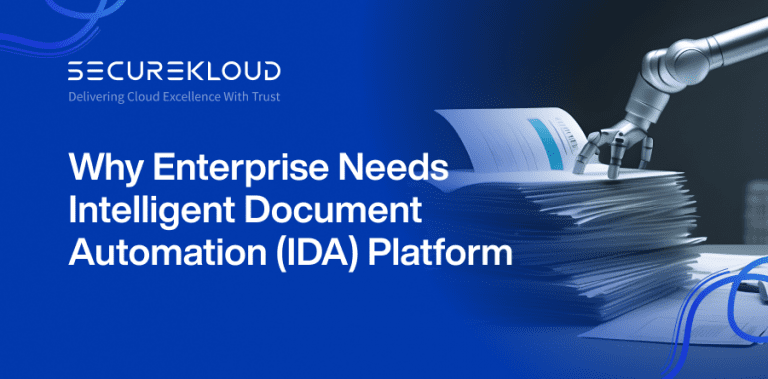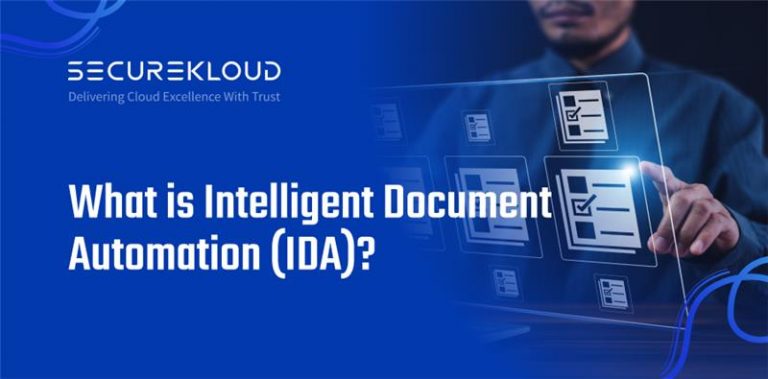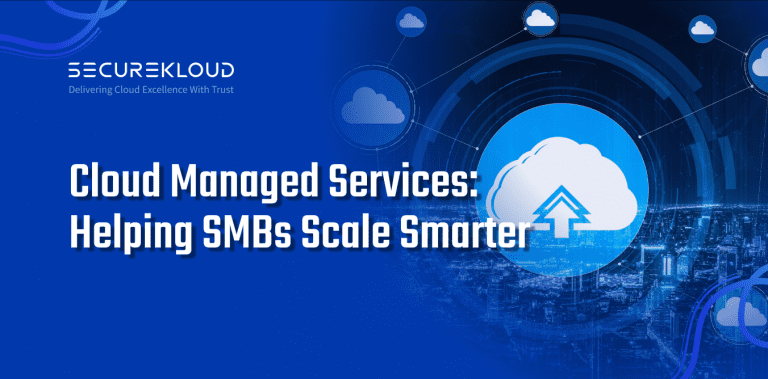- 4Minutes
- 734Words
- 3Views
Today, cyber security is a top priority for many businesses. As more and more companies move their operations to the cloud, they must ensure that their data and systems are protected from cyber threats. In this blog post, we will explore what enterprise cloud security is, why it is important, and how businesses can implement it.
What is Enterprise Cloud Security?
Enterprise cloud security refers to the set of technologies, policies, and practices that an organization uses to secure their data and systems in the cloud. It includes a variety of security measures such as identity and access management, encryption, network security, and vulnerability management. The goal of enterprise cloud security is to protect an organization’s sensitive data from hackers who would like to steal it.
Cloud security can be broken down into three main areas:
- Infrastructure security: This involves securing the underlying cloud infrastructure, including servers, storage, and networking components. Infrastructure security measures include network security, access control, encryption, and disaster recovery.
- Application security: This involves securing the applications running on the cloud infrastructure, such as web applications, mobile apps, and APIs. Application security measures include secure coding practices, vulnerability testing, and authentication and authorization mechanisms.
- Data security: This involves securing the data stored and processed in the cloud, including sensitive customer information, financial data, and intellectual property. Data security measures include data encryption, access control, and data loss prevention.
Why is Enterprise Cloud Security Important?
As organizations move their operations to the cloud, it is essential to ensure that your cloud environment is secure. Cyber-attacks are becoming more sophisticated, and cloud environments are not immune to these threats. In fact, the shift to the cloud has created new security risks that organizations must address, such as data loss due to misconfigured cloud resources and unauthorized access to sensitive data.
Enterprise cloud security is critical for several reasons:
- Protecting sensitive data: Enterprises store vast amounts of sensitive data on the cloud, including customer information, financial data, and intellectual property. A data breach can have severe consequences, including financial loss, reputational damage, and legal liability.
- Compliance requirements: Many industries have strict regulatory compliance requirements around data privacy and security. Failing to comply with these regulations can result in hefty fines and legal consequences.
- Cyber threats: Cloud infrastructure and data are susceptible to cyber threats such as malware, phishing attacks, and ransomware. A robust cloud security strategy can help prevent these threats from compromising enterprise data.
- Business continuity: Cloud downtime can have significant business implications, including lost revenue, decreased productivity, and reputational damage. A disaster recovery plan and backup measures can ensure business continuity in the event of a cloud outage.
How to Implement Enterprise Cloud Security
Implementing enterprise cloud security requires a multi-layered approach that addresses different aspects of cloud security. Here are some best practices for implementing enterprise cloud security:
- Identity and Access Management (IAM): IAM is critical for cloud security. It enables organizations to control who has access to their cloud resources and what they can do with them. Organizations should implement strong authentication mechanisms, such as multi-factor authentication, and regularly review access privileges to ensure that only authorized personnel have access to sensitive data and systems.
- Encryption: Encryption is the process of encoding data to protect it from unauthorized access. Organizations should use encryption to protect their data at rest and in transit. They should also ensure that encryption keys are protected and managed securely.
- Network Security: Network security is critical for protecting cloud environments from cyber threats. Organizations should implement firewalls, intrusion detection and prevention systems, and other security measures to protect their networks.
- Vulnerability Management: Vulnerability management involves identifying, prioritizing, and addressing vulnerabilities in cloud environments. Organizations should regularly scan their cloud resources for vulnerabilities and implement patches and updates to address them.
- Security Monitoring: Security monitoring involves monitoring cloud environments for suspicious activity and responding to security incidents in a timely manner. Organizations should implement security monitoring tools and processes to detect and respond to security threats.
Conclusion
In conclusion, cloud security is an essential part of protecting an organization’s data, applications and infrastructure from cyber threats. To achieve this goal, organizations should implement a multi-layered approach to cloud security that addresses different aspects of cloud security such as identity and access management, encryption, and network security. By implementing these best practices, organizations can ensure that their cloud environments are secure and compliant with industry and government regulations.







